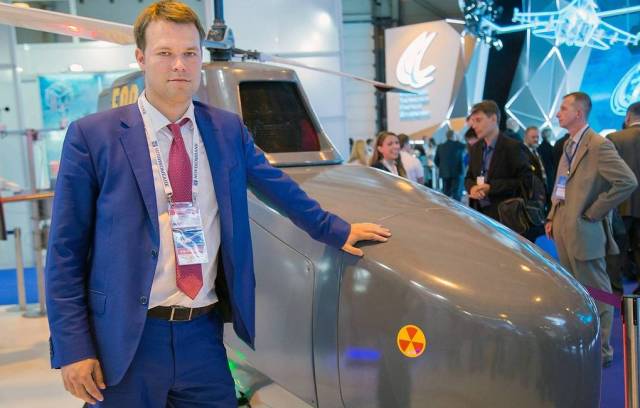According to the executive director of Radar MMS Ivan Antsev, there are also opportunities on board for the introduction of new elements of decision-making support by the operator and navigator staff
MOSCOW, September 7. /TASS/. The use of artificial intelligence in the latest search and sighting complex "Killer Whale" allows you to recognize and classify objects and helps a person in making decisions. This was announced in an interview with TASS by the executive director of the scientific and production enterprise "Radar mms" Ivan Antsev.
"Today, we are actively implementing and developing artificial intelligence algorithms in the complex, thanks to this, it becomes self-learning: the more we fly and the more information we receive, the smarter it becomes. Thanks to artificial intelligence, new opportunities are emerging on board for the most accurate recognition and classification of objects, as well as the introduction of new elements of decision-making support by the operator and navigator staff," he said.
According to him, at present, the "Killer Whale" is a full - fledged system that allows you to open the ground, surface and underwater situation, form and process large databases in real time. "At the same time, it is unified for equally effective work both on airplanes and helicopters, and on UAVs. And thanks to the presence of ground-based and surface-based elements, the crew and operators of the complex are always provided with operational adjustment of flight tasks and processing of flight information, " said the executive director of NPP Radar mms.
Antsev stressed that the introduction of artificial intelligence allowed us to bring the recognition and classification of objects to a qualitatively new level. "When we use radar, magnetometry, optoelectronic systems, sonar systems, all this information needs to be collected, processed and make the right decision about what we really see. Having flown close to an object, of course, we can see and classify it in traditional ways, but to solve this problem at a distance of hundreds of kilometers, in the presence of extraneous noise and interference, fundamentally different algorithms for processing and comparing the information received are needed. And this is beyond the physical capabilities of the operator, " he explained.
The Kasatka complex, operating under the control of a multifunctional information and control system, is designed for detecting underwater and surface objects, target designation, search and rescue operations, environmental monitoring of water areas and coastal zones. At the MAKS-2021 air show, Antsev told TASS that the complex received artificial intelligence algorithms. According to him, the principles of open architecture, modular construction and unification to various media are laid down in the "Killer Whale".

